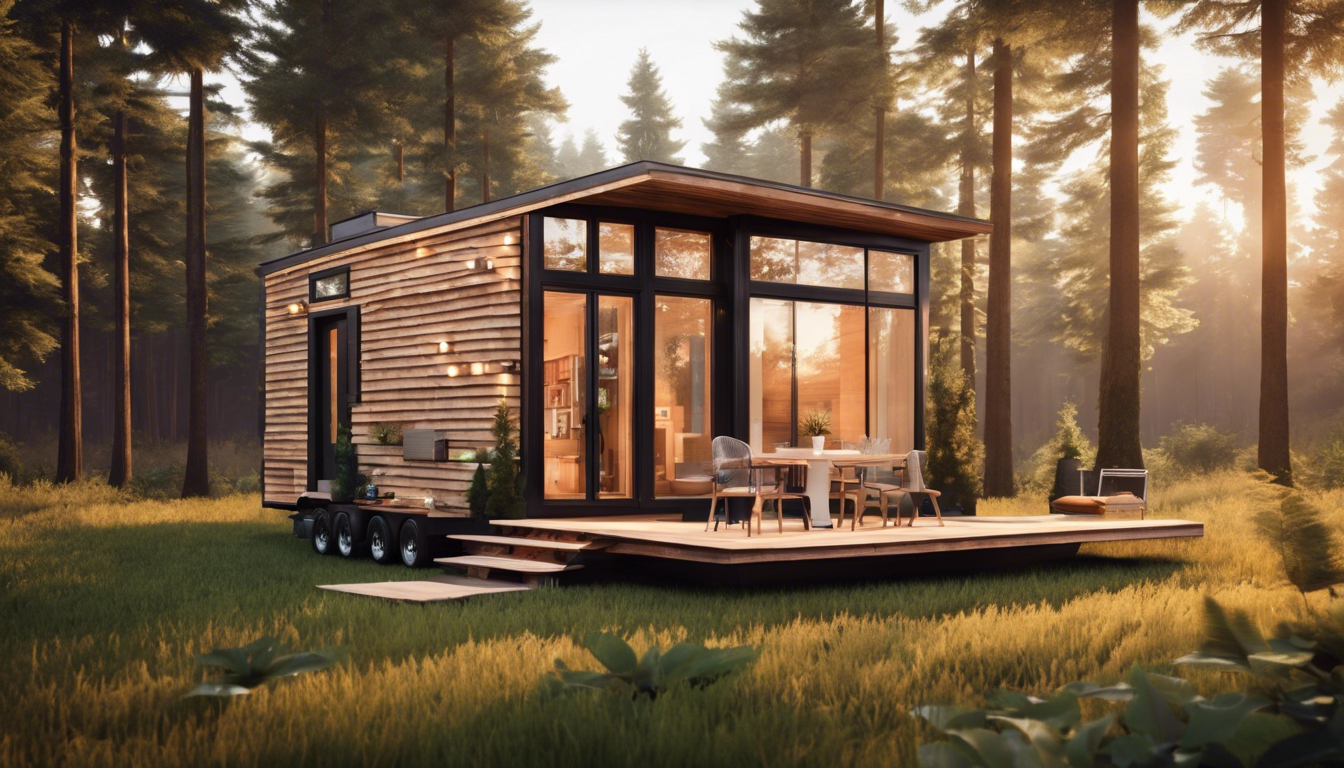Tiny home living is gaining popularity as more people seek simplicity and sustainability.
Tiny homes offer a way to downsize and live more intentionally.
Investing in tiny home land is the first step towards achieving this dream lifestyle.
In this article, we will explore the benefits of investing in tiny home land, from financial advantages to practical considerations for creating your ideal living space.
Selecting the Right Location for Your Tiny Home
Choosing the right location for your tiny home is essential for a comfortable and enjoyable living experience.
Start by identifying your priorities.
Do you prefer a rural setting with nature nearby or an urban area with access to amenities?
Research local zoning laws and restrictions, as these can affect where you can place your tiny home.
Consider the availability of utilities like water, electricity, and internet.
Accessibility to roads and public transportation also matters for your convenience.
Additionally, investigate the safety and community vibe of the neighborhood to ensure it fits your lifestyle.
Finding the right tiny home land involves balancing your desires with practical elements.
Regulations and Zoning Considerations
When considering tiny home land, understanding regulations and zoning is crucial.
Local governments have specific laws that dictate where tiny homes can be placed.
Zoning regulations vary by area; some places allow tiny homes on private properties, while others may restrict them to designated zones.
Homeowners should verify if their desired land fits local regulations before making a purchase.
Additionally, some areas might require a building permit or an inspection for tiny homes.
Researching these requirements early can save time and ensure compliance, making the process of owning a tiny home smoother.
Creating Your Ideal Tiny Home Community
Creating your ideal tiny home community involves careful planning and consideration of various factors.
First, you need to find suitable tiny home land.
Look for locations that permit tiny homes and offer access to utilities.
Consider zoning laws and local regulations, as they can significantly impact your project.
Next, gather a community of like-minded individuals who understand the vision of sustainable living.
Collaborating with others can foster a sense of belonging and collective support.
Plan shared spaces such as gardens and communal areas, which encourage interaction and strengthen community bonds.
Additionally, focus on eco-friendly building practices to create a sustainable environment.
By prioritizing these elements, your tiny home community can flourish and provide a fulfilling lifestyle for its residents.
Frequently Asked Questions
What are the financial advantages of investing in tiny home land?
Investing in tiny home land often results in lower property taxes, reduced maintenance costs, and lower purchase prices compared to traditional homes, making it a more affordable investment.
How do I choose the right location for my tiny home?
When selecting a location, consider factors such as proximity to amenities, natural surroundings, zoning laws, and community regulations that support tiny living.
What regulations should I be aware of when investing in tiny home land?
It’s crucial to investigate local zoning laws, building codes, and any homeowners association policies that may affect construction or living in a tiny home.
Can I create a tiny home community on my land?
Yes, creating a tiny home community is possible, but it requires careful planning to comply with zoning laws and involves working with local authorities to establish the appropriate framework.
What are some lifestyle benefits of tiny home living?
Tiny home living promotes a minimalist lifestyle, encourages financial freedom through reduced living expenses, and allows for closer connections with nature and community.




Leave a Reply